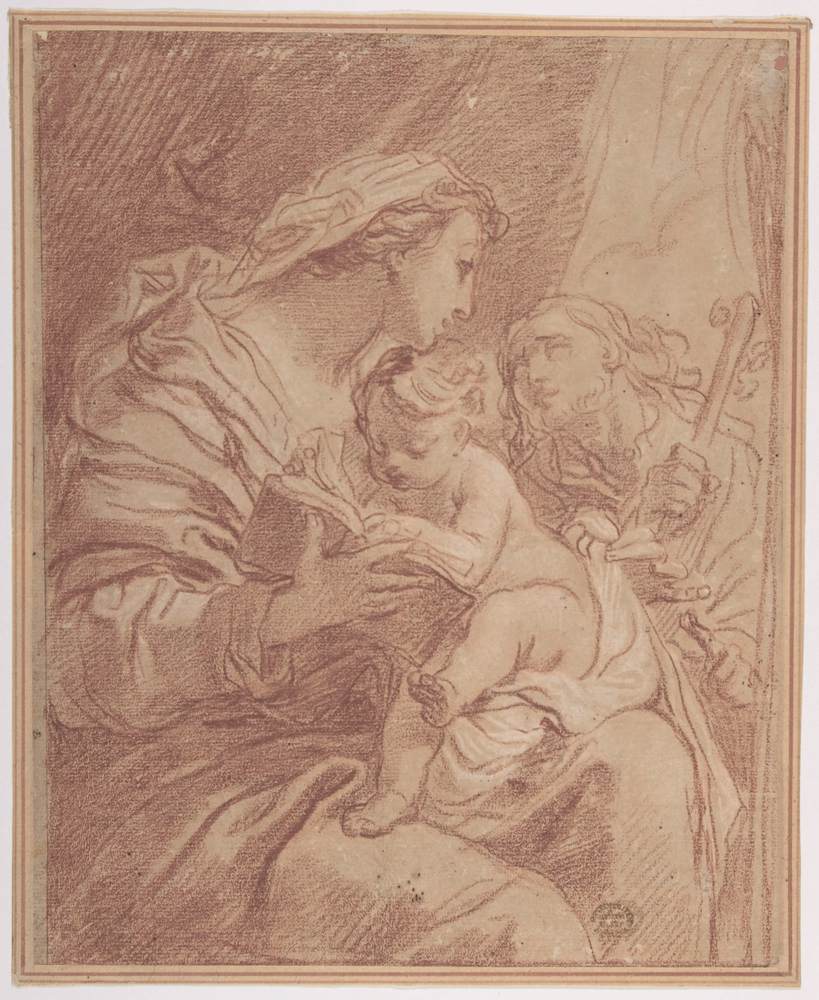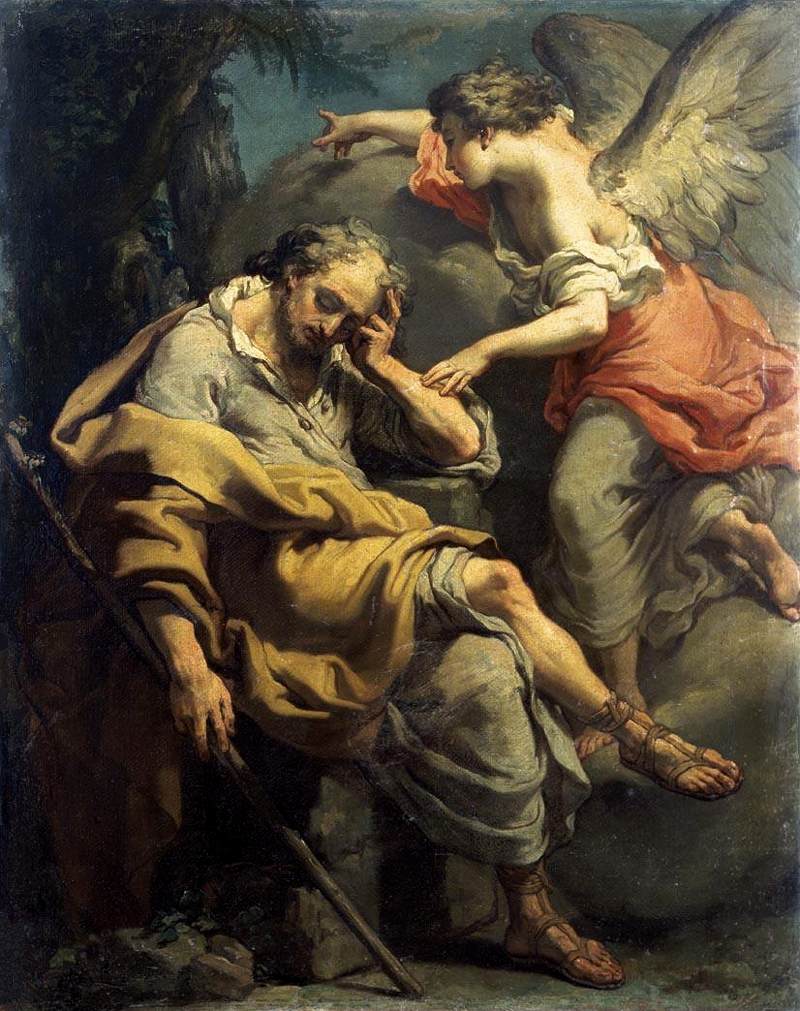Painter, draughtsman, sculptor and etcher, part of an Italian family of artists. The work of the brothers Ubaldo Gandolfi and Gaetano Gandolfi and of the latter's son, Mauro Gandolfi, reflects the transition from late Bolognese Baroque through Neo-classicism and into early Italian Romanticism. During their period of collective productivity, from c. 1760 to c. 1820, the Gandolfi produced paintings, frescoes, drawings, sculptures and prints. Their drawings (examples by all three artists, Venice, Fondazione Cini) made an outstanding contribution to the great figurative tradition of Bolognese draughtsmanship that had begun with the Carracci. Their prolific output and their activity as teachers gave them considerable influence throughout northern Italy, except in Venice. One of Ubaldo's five children, Giovanni Battista Gandolfi (b 1762), trained at the Accademia Clementina, Bologna, but apart from a vault fresco signed and dated 1798 in the church of S Francesco in Bagnacavallo nothing is known of his adult career. A drawing (Paris, Fondacione Custodia) is signed Ubaldo Lorenzo Gandolfi, who may have been another son. Mauro's daughter, Clementina Gandolfi (b 1795), was an artist and amateur musician, and his son by a second marriage, Democrito Gandolfi (b 1796), studied with Antonio Canova but was an unsuccessful sculptor. He delivered a eulogy at Mauro's funeral and sculpted the portrait bust that stands on the tomb of Gaetano and Mauro in the Certosa di Bologna.
Gaetano Gandolfi was a successful artist, whose oeuvre includes about 220 paintings, terracotta sculptures, etchings and a huge number of drawings. He was enrolled at the Accademia Clementina in Bologna by the age of 17 and claimed Felice Torelli and Ercole Lelli as his teachers. He had a distinguished academic career and between 1751 and 1756 won two medals for sculpture and four for drawing. His first documented commission was for drawings: between 1756 and 1760 he produced for private patrons a series of large finished red chalk copies (Bologna, Biblioteca Cassa di Risparmio; Windsor Castle, Royal Collection) of the classics of 17th-century painting. These and other early works are documented and dated in his manuscript autobiography, which, however, does not extend past c. 1769. His earliest known painting is the Calling of St James the Greater (1753; Piumazzo, nr Modena, parish church). The painting is close in style to the early work of his brother Ubaldo: highly finished, smooth and static, with low-key, muted colours. The figure types are the stereotyped ones of the Bolognese tradition. A surge of self-confidence is evident in the next datable paintings, the large St Jerome (1756) and St Mary Magdalene (1757; both Bazzano, oratory of the Suffraggio).
From its beginnings, Gaetano's art was brilliant and individual, as can be seen in the Vision of St Jerome (private collection), a sketch of 1756 for the altarpiece in Bazzano, Oratorio del Suffragio. In the 1760s the impact of Venice, and Tiepolo in particular, is particularly noticeable in his frescoes such as those in the church of San Rocco, Bologna, where there is an emphasis on bravura effect in contrast to the firm design of Bolognese painting. Gaetano's art perhaps reached its apex in 1775-80 in the huge canvas of The Marriage of Cana (Bologna, Pinacoteca Nazionale) and the cupola frescoes for Santa Maria della Vita, Bologna. Here, he successfully achieved a complexity of design combined with a splendour of execution that in Settecento Italy was surpassed only by Tiepolo. He is rightly now considered one of the greatest Italian artists of the century.
In later years, even before he visited London in 1788, Gaetano's art became increasingly neo-classical. By this time, both stylistically and thematically he seems to have been well aware of Giaquinto as well as artistic currents in France in the 1760s. Gaetano died playing bowls in the church field of S. Egidio, probably of a heart attack, although there is an alternative tradition that he was knocked on the head by a ball.
//
![]()









